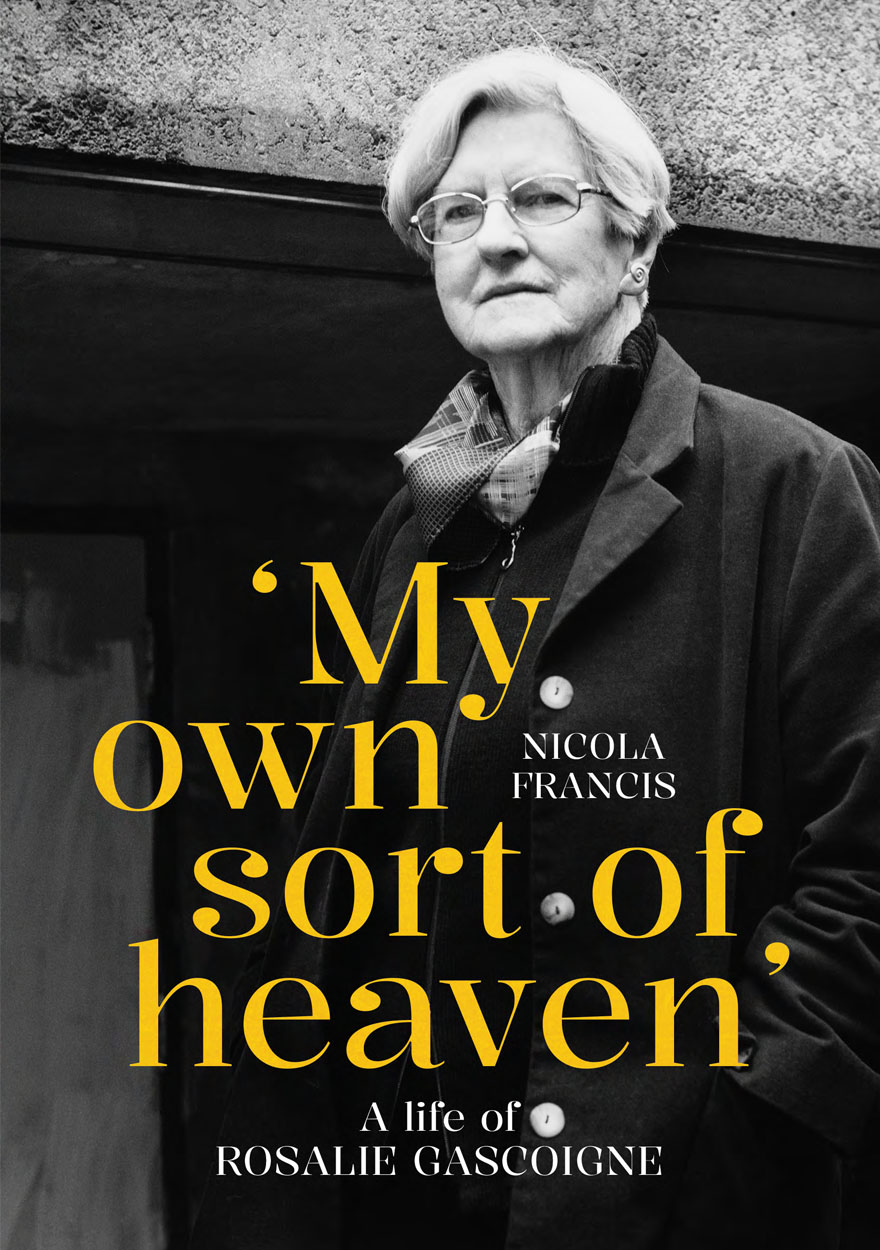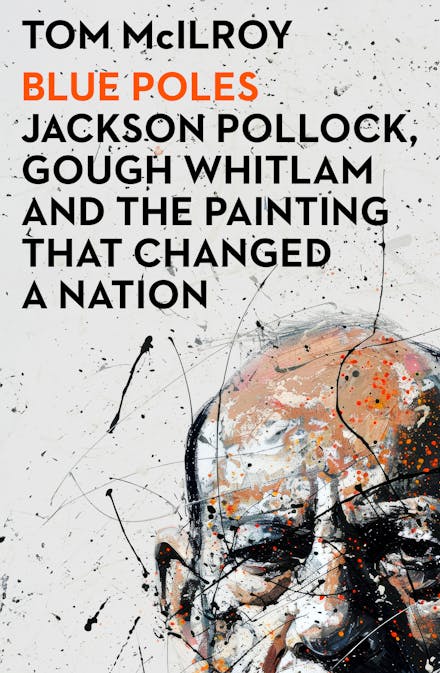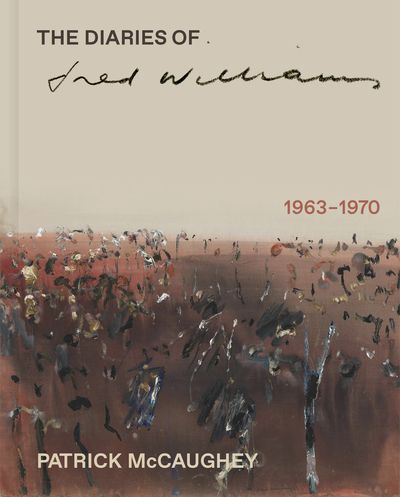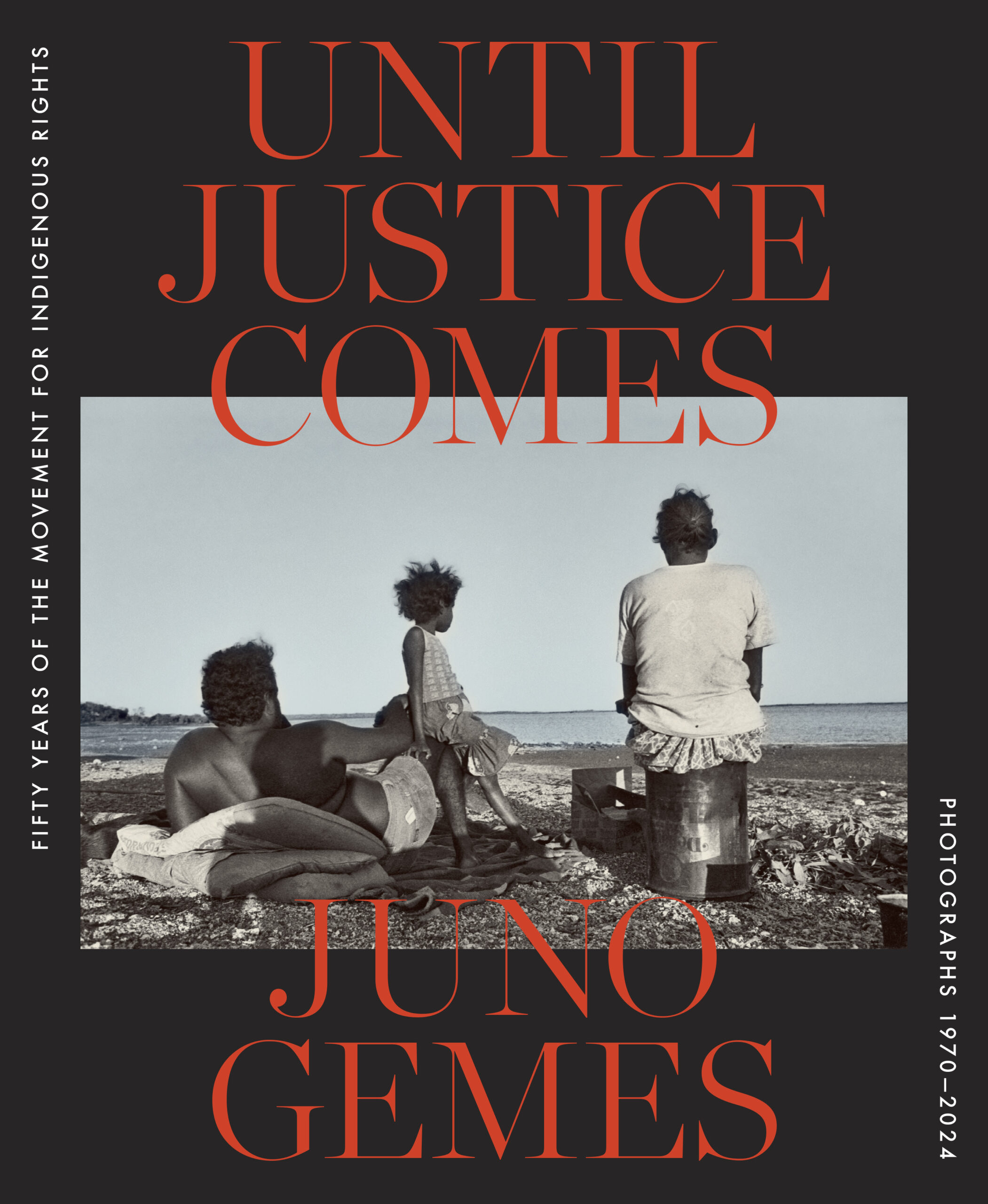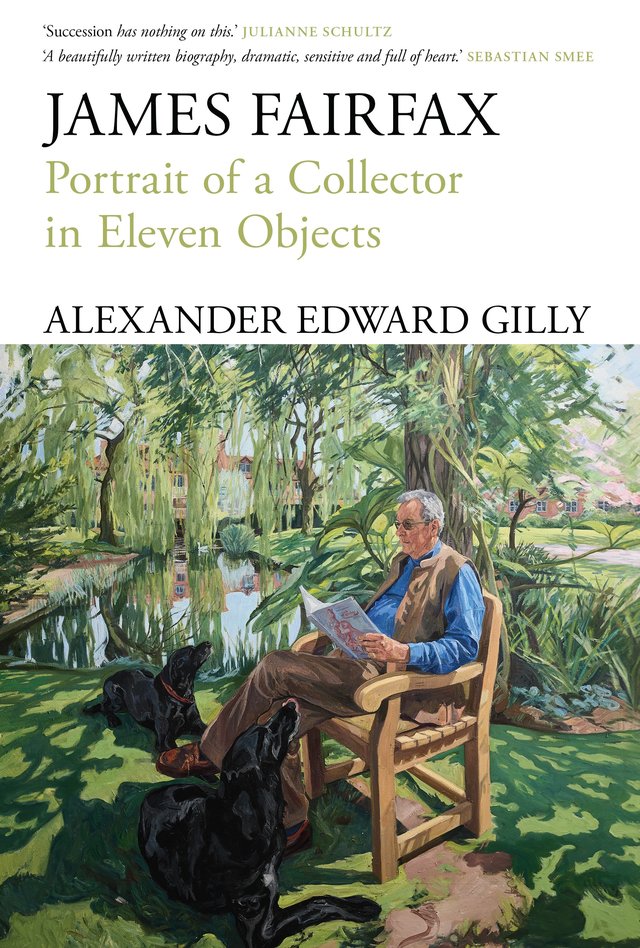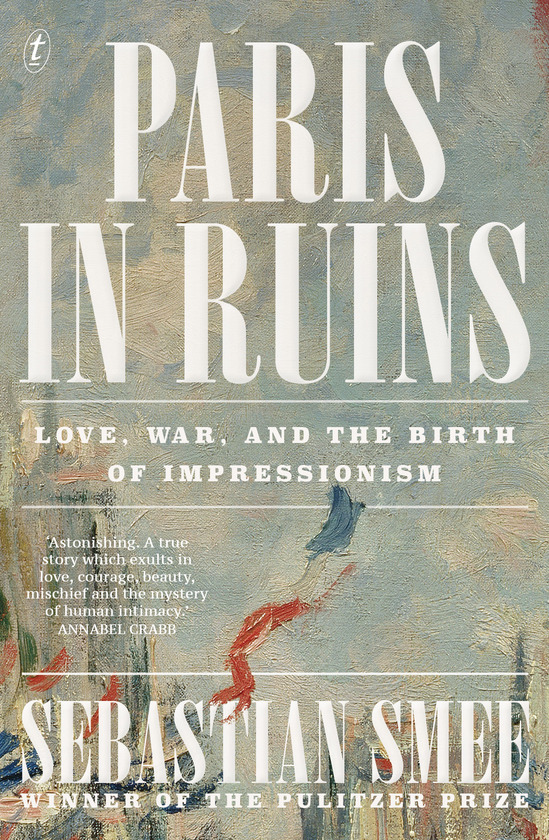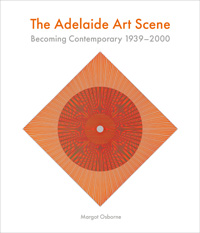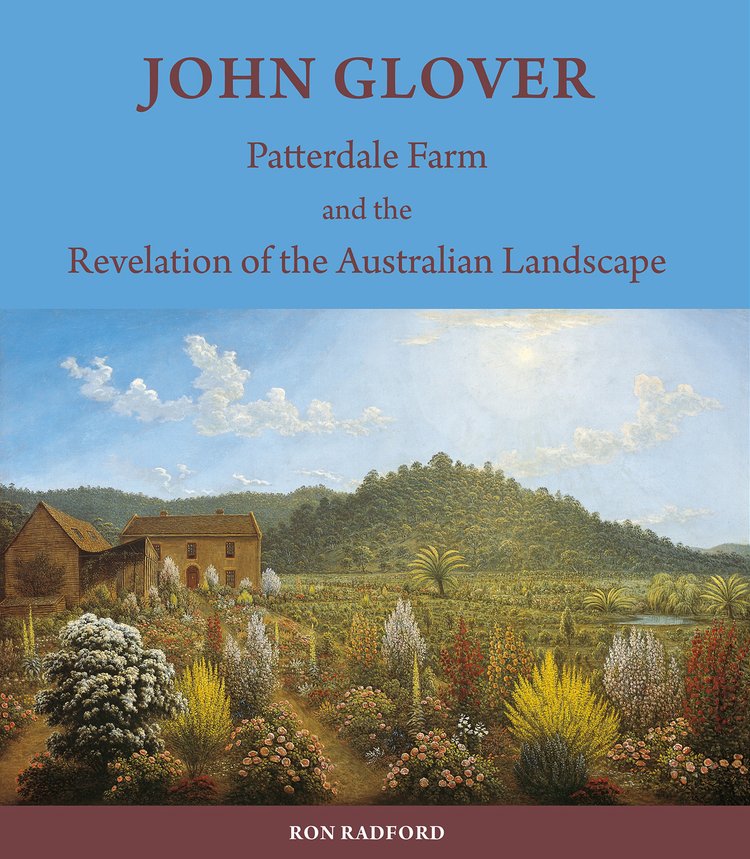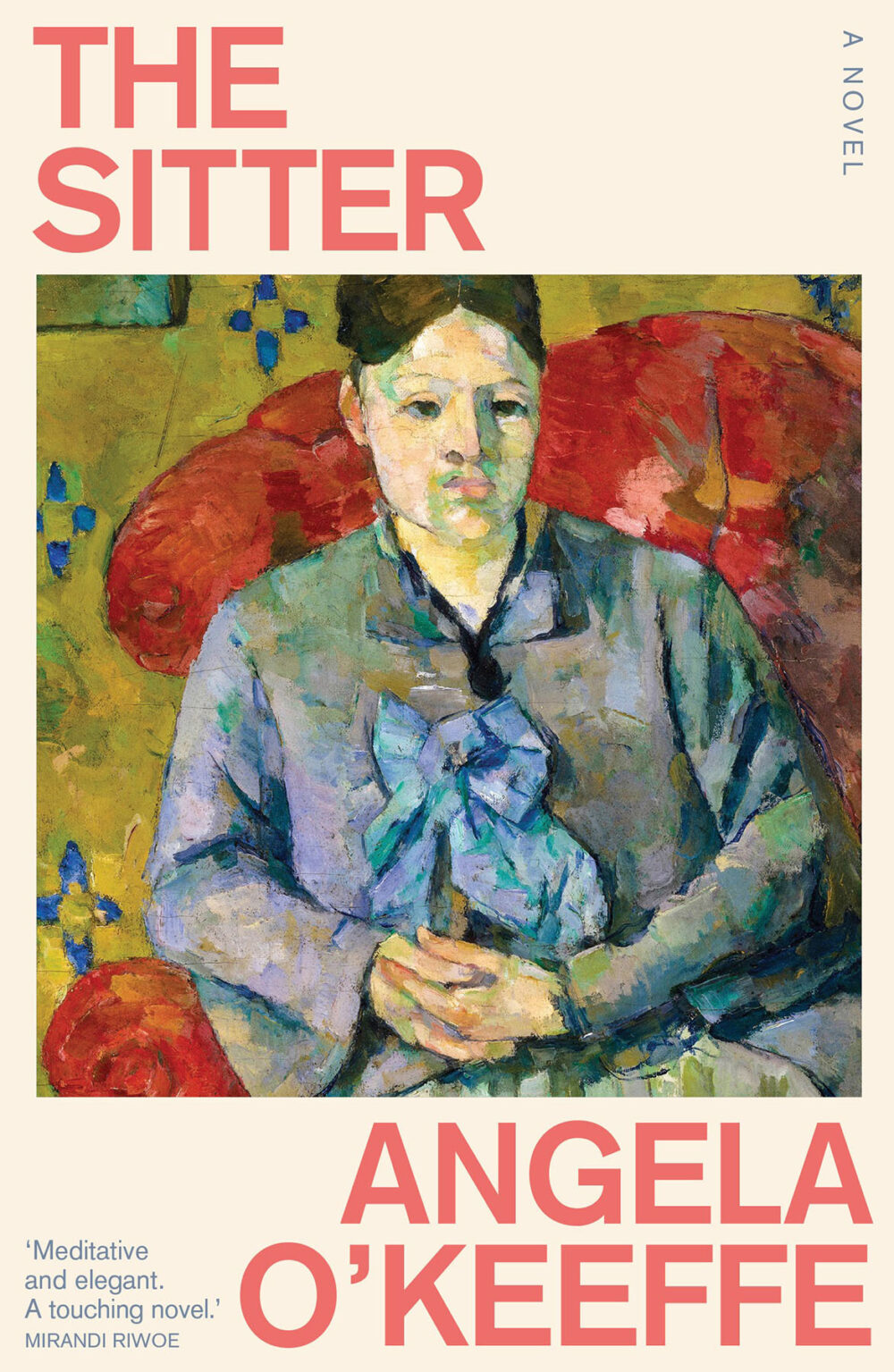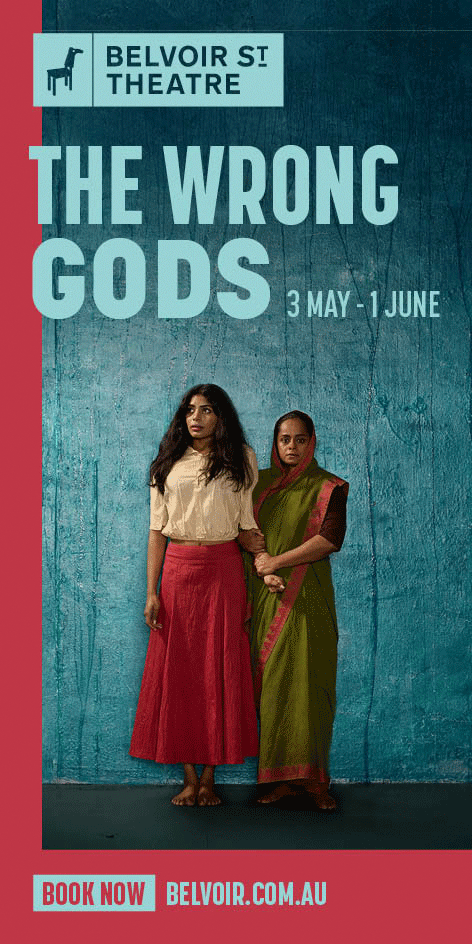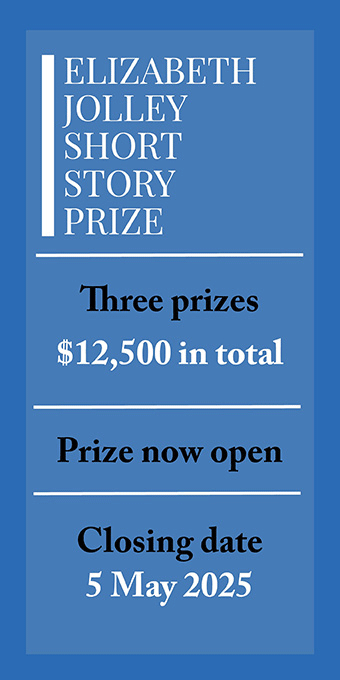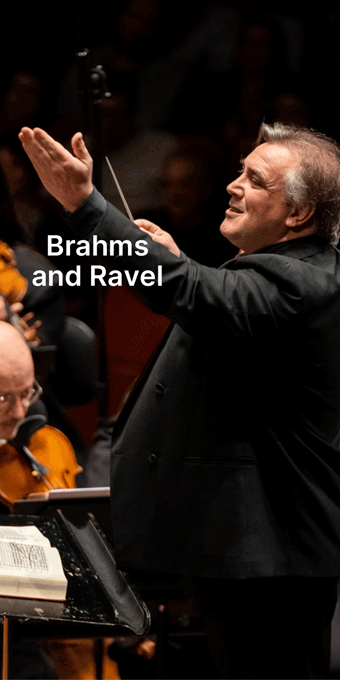Art
My Own Sort of Heaven: A life of Rosalie Gascoigne by Nicola Francis
by Julie Ewington •
Blue Poles: Jackson Pollock, Gough Whitlam and the painting that changed a nation by Tom McIlroy
by Jacqueline Kent •
The Diaries of Fred Williams, 1963-1970 edited by Patrick McCaughey with John Timlin
by Christopher Allen •
Until Justice Comes by Juno Gemes & Imagining a Real Australia by Stephen Zagala
James Fairfax: Portrait of a collector in eleven objects by Alexander Edward Gilly
by Christopher Allen •
Paris in Ruins: Love, war, and the birth of Impressionism by Sebastian Smee
by Peter McPhee •
The Adelaide Art Scene by Margot Osborne & AGSA 500 edited by Rhana Devenport
by Patrick Flanery •
Juan Davila with Guy Brett and Roger Benjamin by Juan Davila
by David Hansen •
John Glover: Patterdale Farm and the revelation of the Australian landscape by Ron Radford
by Anne Gray •
The Sitter by Angela O'Keeffe & Vincent & Sien by Silvia Kwon
by Naama Grey-Smith •


